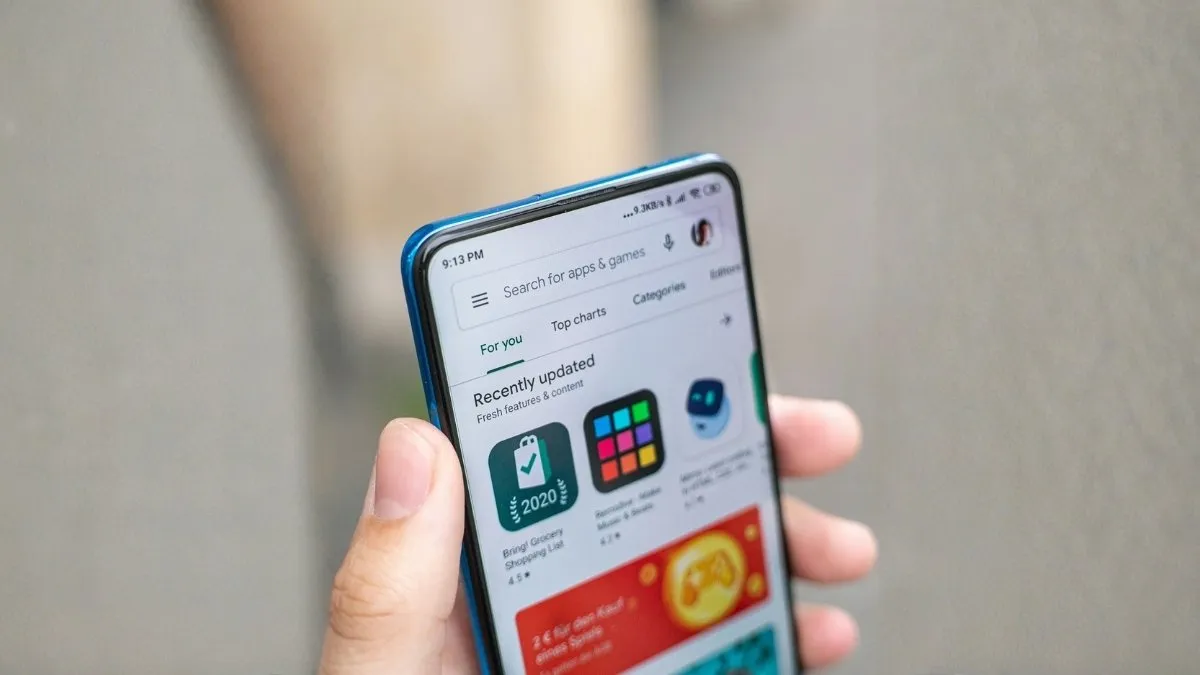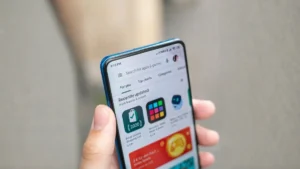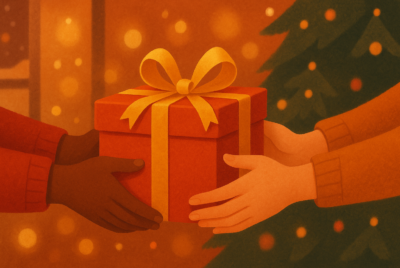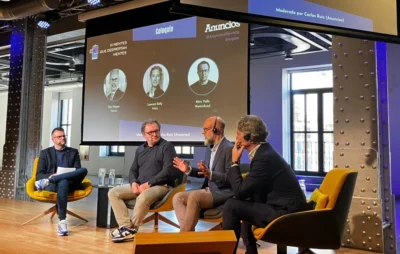What is the best way to retain a customer in the digital environment?
One of the foundations of customer retention is promotions, but this is just the beginning.
Today we know that the best strategy is to eliminate all possible friction and provide immediate solutions, in order to generate trust and loyalty through a positive experience. The application of these tactics varies depending on the sector and the target audience, so research is also required to determine how to do it correctly. What is the best way to retain a customer? There is no single method, but there are some strategies.
Why is retention so important today?
Here’s the most important factor for a company: acquiring new customers is 5 to 7 times more expensive than retaining them. The main reason is that consumers tend to buy from brands they trust, either because of their reputation or because they already have a prior relationship with that brand. This is why it takes much more effort to acquire a new customer than to retain them so they’ll buy again.
The costs can be broken down as follows:
*In marketing and advertising. You have to pay for promotions on different online and offline platforms to reach that target audience. A simple example of this is paid campaigns on Google and social media, as well as creating content for the company’s blog, if it has one. Furthermore, these campaigns aren’t as targeted because their needs aren’t as well understood compared to those of existing customers.
*Resources. First, a team is needed to identify leads and then transfer them to the sales team. At this point, salespeople must spend time determining the prospect’s needs until they are convinced to buy. Some companies even add the extra step of hiring a team to follow up with the customer until they can make a profit through new payments.
The process of converting leads into customers is quite long, tedious, and expensive. What’s worse is that the success rate can vary significantly depending on the time of year, or even when the target audience’s needs change, and an optimal optimization strategy hasn’t yet been developed. Therefore, it is not unreasonable to conclude that increasing customer retention tends to significantly increase profits, simply because customer lifetime value improves.
The digital paradigm: Consumers expect immediacy, fluidity, and zero friction
The reality is that customers have increased their expectations by leaps and bounds, and the conversion process we’re explaining goes against that. Instead, customers appreciate having already gone through the entire process to reach a comfortable place where they can continue shopping, as long as the company continues to deliver on its promise of making everything simpler.
A simple example is when casinos offer instant withdrawals. Starting on one of these pages creates friction: you have to register, provide an ID, and provide banking information to make and receive payments. However, everything becomes much simpler after that, especially when this reinforcement of immediacy is present.
Here we can begin to understand what makes customers uncomfortable and how to avoid it. In other words, we will know the best way to retain a customer.
The best way to retain a customer: eliminate friction
We’ve mentioned friction several times, but what exactly is it? It’s the effort customers have to make to complete tasks related to their consumer goals. We can also think of it as the obstacles that separate the customer from what they want to do in an app, typically, consume.
Common examples of friction are long forms, long wait times, confusing processes, and slow service. The good news is that some specific strategies have been developed to improve or eliminate these instances of friction.
Optimized process + immediate action
The main thing is to redesign internal processes so that the customer gets what they need as quickly as possible, and even immediately. Some common elements that facilitate this are one-click payments, chatbots, and sending immediate confirmations. Some examples of this are instant payments on mobile devices, with a single tap.
Trust
It takes a long time to gain customer trust, and it only takes one mistake to lose it. The simplest solution is to show customers how and when their issues are resolved. This is achieved through streamlined internal processes and simple, straightforward policies that consumers understand.
Building Loyalty After Zero Friction
While eliminating friction is the cornerstone, there are several levers behind it that push customers to remain with the company. We’ll briefly review them:
*Personalization. The key is to offer recommendations based on data collected about customer behavior, especially since we can segment them precisely.
*Service. It’s common to have 24/7, multi-channel support. During office hours, it usually works to support it with agents who provide personalized attention.
*Transparency. Clear costs, visible terms, and proactive communication generate a sense of trust in the customer at all times.
*Added value. We can reinforce the idea of repeat purchases through rewards for those loyal customers.
Feedback. This customer base is perfect for detecting friction and improving it.
Implementing These Tactics in Your Company
There’s no manual, although you can create an action plan to start implementing these strategies in your company.
*Audit your current customer journey and note down all the friction points.
*Prioritize the most critical points, which would be the bottlenecks in your processes.
*Develop internal processes that improve the customer experience, based on the previous points.
*Reuse retention indicators to measure progress.
*Optimize what has room for improvement and discard what didn’t work.
*Repeat.
We’ve seen the best way to retain a customer: eliminate all friction along with an immediate and reliable experience. It’s worth reviewing existing processes and implementing small actions starting today. It’s a process of trial and error, but from now on, you’ll have data to help you on this journey.
Source: www.marketingdirecto.com






